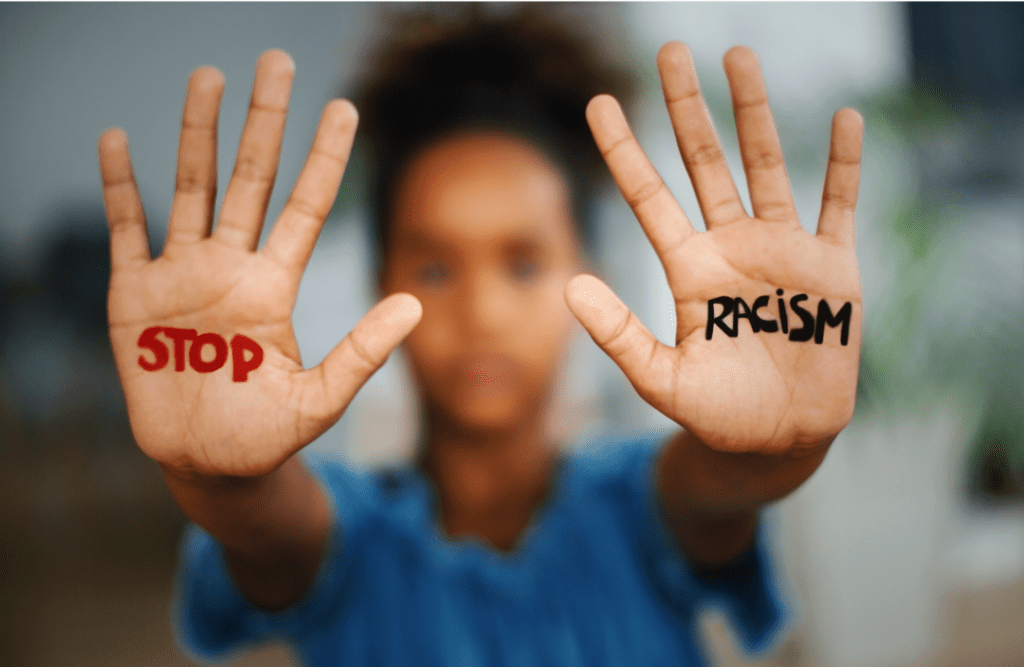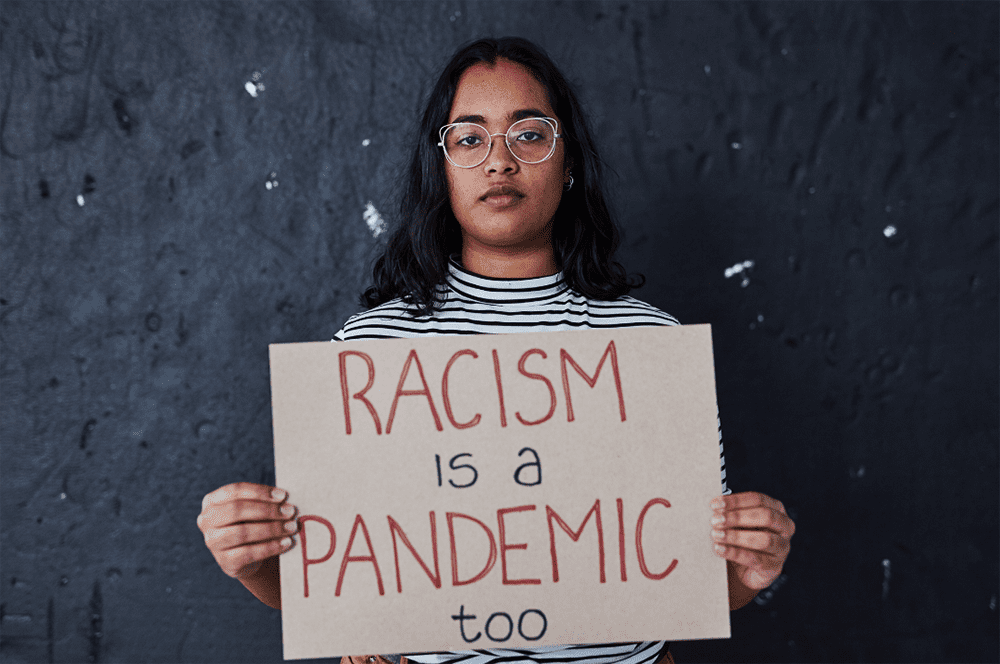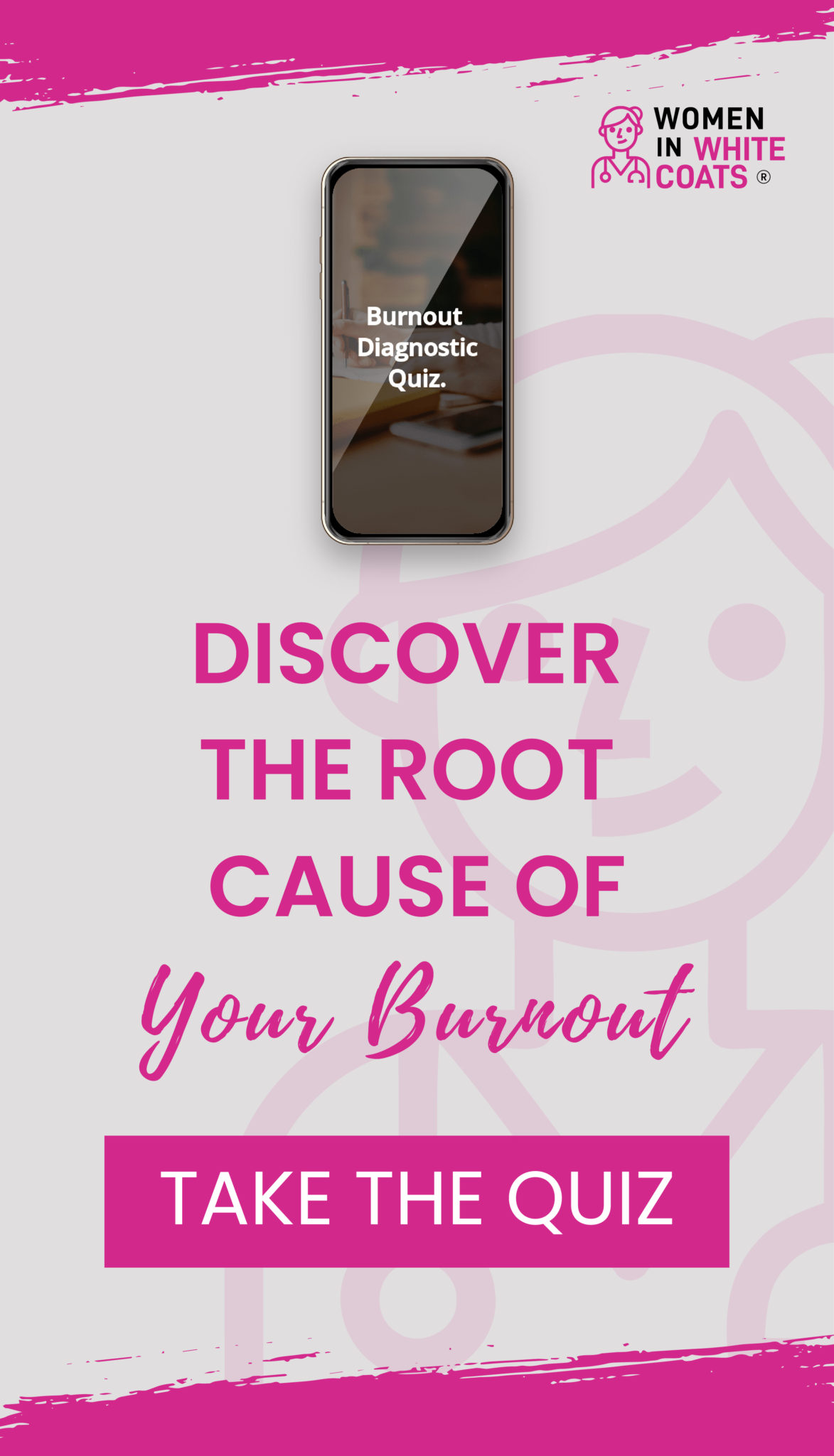A February 2021 JAMA podcast and corresponding (now redacted) tweet suggested that structural racism does not exist and that no physicians are racist.
For the record, structural racism is defined as a system in which public policies, institutional practices, cultural representations, and other norms work in various, often reinforcing ways to perpetuate racial group inequity. Structural racism is not something that a few people or institutions choose to practice. Instead, it has been a feature of the social, economic, and political systems in which we all exist.
The above statement by JAMA reveals the obtuse insensitivity and lack of perception of the day-to-day experience of nonwhite Americans. It exposes the bubble in which so many people, politicians, and physicians live, and it demonstrates how much more work we have to do.

Review of Atrocities Against Black Americans in the Name of Health
First of all, the United States of America does not have a healthcare system; it has a sick care system. Most citizens find themselves navigating this complex system only after getting sick.
Health, as a concept, is more than seeing a physician, getting a diagnosis and/or getting a prescription or surgery. Health is all-encompassing of social determinants, like housing, clean air and water, education, employment, transportation, finance, criminal justice, public health, politics, and voting rights. The history of health and medicine in the USA is stained with racial injustice.
The American Civil War (1861-1865) did not result in freedom for the formerly enslaved African Americans. They found themselves displaced and lacking basic necessities, and they were disproportionately exposed to typhoid, cholera, and smallpox with limited access to medical care. African Americans with tuberculosis underwent racial residential segregation in “Lung Blocks” in St. Louis and Baltimore, where they underwent forced home removals, increased surveillance, police violence, and unsolicited medical interventions designed to control and monitor patients.
Public health departments blamed the Black population for their health conditions.

Black bodies have been exploited in the name of medical education since the 19th century. Freshly buried Black bodies were stolen and resurrected for use as cadavers in anatomy laboratories in medical schools.
The physician considered to be the founder of US Gynecology performed experimental gynecologic surgeries without anesthesia on enslaved African American women. Under the eugenics movement, 60,000 Native American, African American, and Puerto Rican women were sterilized against their will. The process of involuntary sterilization continued until the 1980s.
The US Public Health Service conducted the infamous Tuskegee study on syphilis on indigenous African American sharecroppers in 1932. Penicillin was discovered in 1947 and treatment was withheld from the syphilis study participants.
Henrietta Lacks (1920-1951) was a Black American with cervical cancer whose cancerous cervical cells were taken without her consent during her treatment in a segregated ward at Johns Hopkins Hospital to later be experimented on, duplicated, disseminated, and contributed to research in oncology and immunology and the development of the polio vaccine.
Review of Health Outcomes in Ethnic Minority Groups
Due to disparate social determinants of health, unequal access to health care with “inferior” treatment and outcomes, Black, Hispanic and LatinX populations have a higher burden of illness, higher infant and maternal mortality, and overall reduced life expectancy. African Americans are estimated to live an average of six years less than white Americans. African Americans have unequal access to health care in a country with a history of segregated medical facilities which are notoriously underfunded. The American Medical Association used to be a segregated society.

Black Americans Underrepresented in Medical Education
Not only have Black Americans experienced unequal access to health care, they have also been excluded from medical education. Did you know that 14% of Americans identify as Black yet only 5% of practicing American physicians today are Black?
The 1910 Flexnor report was responsible for the closure of 5 historically Black medical schools. A 2019 study estimated there would be 35,0000 additional Black physicians by 2019 if those five medical schools had remained open.
Ethnic Variations in Masking During the COVID-19 Pandemic
There was no better time for the stark differences to be on display than during the COVID-19 pandemic. Masks have been proven to slow the spread of the novel Coronavirus. We watched what seemed to be predominantly groups of white Americans on television and social media protesting mask mandates as a violation of their freedoms. Subsequently, two studies have shown that white Americans have been found to be the ethnic group least likely to wear a mask.

Vaccine Hesitancy During the COVID-19 Pandemic
Black, Hispanic, and LatinX populations have experienced three-fold higher rates of hospitalizations and death as compared to white Americans. While ethnic minorities have been found to be the most compliant with masking recommendations, they have also been found to be the groups most likely to have COVID-19 vaccine hesitancy, demonstrated both in the USA and the UK.
The Delta variant was detected in the US in March 2021. By May 2021, 55.8% of white Americans had received both doses of COVID vaccine as compared to 44.2% of African Americans and 42.8% of Hispanic Americans. Currently, 62.4% of the population has been fully vaccinated. Many Infectious Disease colleagues advise at least 80% of the population be vaccinated to achieve herd immunity.

How and Why the Medical Community Needs to Do Better
In summary, the history of US healthcare is marred by structural and racial injustices that must be viewed as systems that have failed racial and ethnic minority communities. The health community needs to face these histories to create better antiracist public health responses.
Part of these responses includes increased acknowledgment and representation of ethnic minority groups, both by attention to the experiences of ethnic minority groups in medical school and training as well as by creating a workforce that represents the population it serves. Representation matters. It is how we can reach our patients in a more inclusive way to build trust and improve compliance.
What You Can Do to Contribute Today
- Reach out to fellow ethnic minority colleagues and ask how you can help.
- Write letters and call your Congress people to increase funding to health systems that predominantly treat ethnic minorities.
- Sponsor and mentor medical students and residents from ethnic minority groups.
Want to do more? Visit us @womeninwhitecoatsblog. We tackle hard issues like this and would love to talk further on social media. Women In White Coats is a forum for women in healthcare to discuss the issues that face us as a group. It is a place to advocate for change in improving inequalities in healthcare. It also is a place to provide mentorship to the next generation of women in white coats.
Uzma Khan, MD, is a practicing Internist and a Women in White Coats blog writer. She blogs about medicine, money, and life at Me and My Stethoscope, and she can be found on Facebook @Uzma Khan, MD, Instagram @uzmakhanmd and Twitter @uzmakhanmd.
RELAX, GROW and CONNECT at our annual Women in White Coats CME Conference and Wellness Retreat this April 21-23, 2022 at the gorgeous Ballantyne Luxury Hotel in Charlotte, NC. Prepare to be uplifted at what will be THE CME EVENT of the YEAR for WOMEN DOCTORS. For more information, click here.
Want to Burn Bright instead of Burn Out with our Physician Wellness and Empowerment Program? Join the waitlist now for an exclusive offer just for people on the list.



